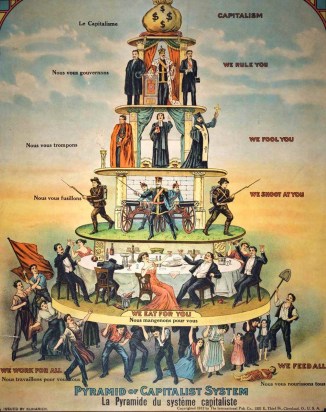
-Consideration: Experiential
-Identify an artificial system.
-Make associative notes (IF (chosen system), THEN ______)
-Create an experiential interface between humans and the artificial system
Capitalist System/ Capitalism
Definition:
Capitalism is an economic system based on ownership of the factors of production. In it the government plays a secondary role. People and companies make most of the decisions and own most of the property. Goods are usually made by companies and sold for profit. The means of production are largely/ entirely privately owned by individuals/companies and operated for profit.
In capitalism, people may sell/ lend their property, and other people may buy/ borrow it. If one person wants to buy, and another person wants to sell to them, they do not need to get permission from a higher power. People can have a market (buying and selling with each other) without anyone else telling them to. The free market or the supply and demand determines the production and pricing of goods and services.
People who own capital are sometimes called capitalists and people who support capitalism are called capitalists, too. They can hire anyone who wants to work in their factories, shops or lands for them for the pay they offer. Capitalists can also mean someone who invests.
In capitalist systems, many people are workers. They are employed to earn money for living. People can choose to work for anyone who will hire them in a free market.
If Capitalism, then private means of production.
If Capitalism, then free market.
If Capitalism, then the competition.
If Capitalism, then more profit.
If Capitalism, then entrepreneur.
If Capitalism, then employment.
If Capitalism, then exploitation.
If Capitalism, then globalization.
If Capitalism, then overproduction.
If Capitalism, then commercialization.
If Capitalism, then the uneven distribution of wealth.
If Capitalism, then U.S.
Interface: Tom
In a simple logic, we students basically all give money (profit) to our professor in order to gain knowledge/ credits and the decision is based on our own. The professor owns means of production (knowledge/ credits) and he also pays for his Macbook that works industriously for him. The purpose of lecturing of the professor is to make a profit for his living. So when professor lectures in the classroom, he demonstrates capitalism.
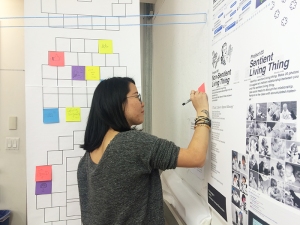
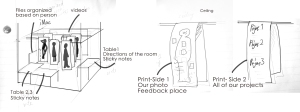
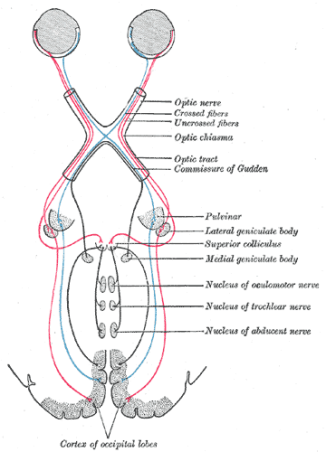









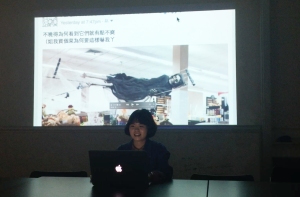

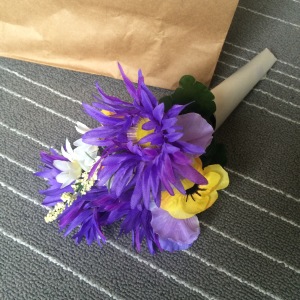 I chose a ready-made and told a fake story about this item and the owner of the item. Though I knew the ideal medium of this assignment may be sound, I still wanted to choose some different medium.
I chose a ready-made and told a fake story about this item and the owner of the item. Though I knew the ideal medium of this assignment may be sound, I still wanted to choose some different medium.
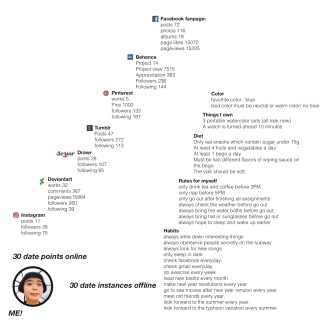



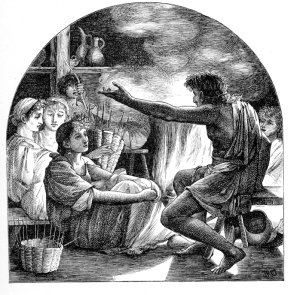
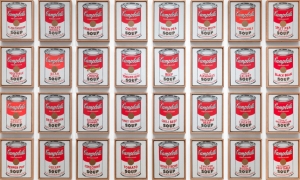 Repetition still works!
Repetition still works!